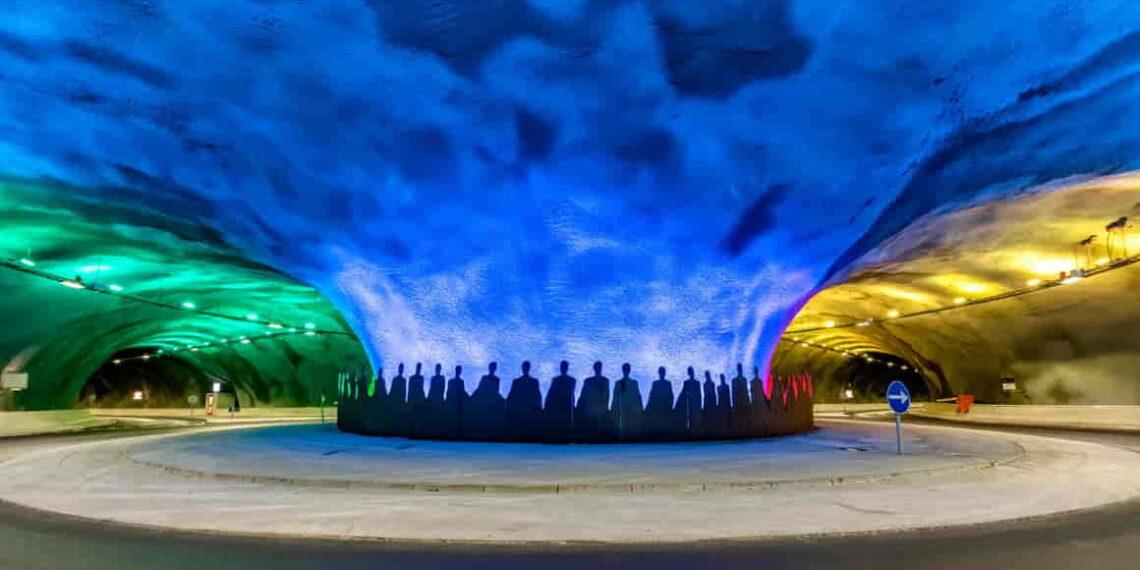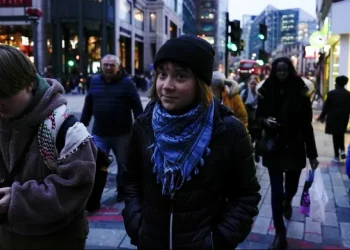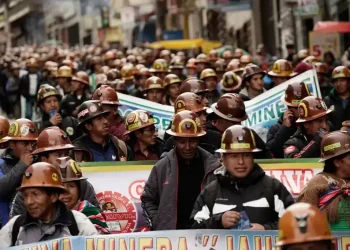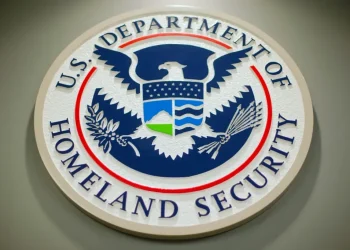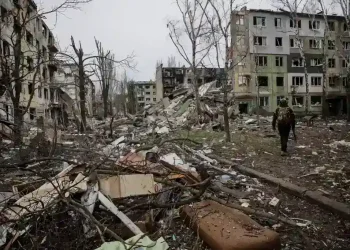Undersea Tunnels Connect Remote Islands Between Iceland and Scotland
In the rugged, windswept landscape of the Faroe Islands, where unpredictable weather—fierce winds, thick fog, and torrential rain—often makes travel challenging, the islanders have turned to tunnels to make their daily journeys easier and safer. The Faroe Islands, a self-governing territory within the Kingdom of Denmark, are known for their impressive network of tunnels, which includes 17 on land and 4 subsea tunnels, offering a vital connection across these remote islands.
One standout feature of the Faroese tunnel system is the world’s only subsea tunnel with a roundabout underwater. These tunnels have become much more than just transportation routes; they’ve become iconic, blending art and engineering to create an unforgettable experience for both locals and tourists.
The Magic of the Eysturoy Tunnel
The Eysturoy Tunnel, which opened in December 2020, connects Streymoy, the largest island where the capital city Tórshavn is located, to Eysturoy, the second-largest island in the archipelago. This nearly seven-mile (11 km) subsea tunnel, which reaches a depth of 614 feet (187 meters) below sea level, has transformed travel between these islands. Every day, over 6,000 vehicles pass through it, including tourists who are drawn to the stunning art and architecture inside the tunnel.
One of the tunnel’s most remarkable features is its sculptural roundabout, nicknamed “the jellyfish” due to its glowing, shifting colors that resemble the Northern Lights or jellyfish in sunlight. This mesmerizing installation, created by renowned Faroese artist Tróndur Patursson, stands as a symbol of the resilience and unity of the Faroese people. The roundabout’s central basalt column is surrounded by a steel sculpture of life-size figures holding hands, evoking the traditional Faroese chain dance.
Art and Sound in the Eysturoy Tunnel
The marriage of art and engineering doesn’t stop at visual art. Jens L. Thomsen, a local musician, composed an ethereal soundscape that can be heard while driving through the tunnel, adding another layer to the sensory experience. Thomsen created this unique auditory art by recording the sounds of the tunnel during its construction, allowing the tunnel itself to “speak” through its acoustics. Drivers can tune into FM97 to hear this hauntingly beautiful soundscape while navigating the tunnel.
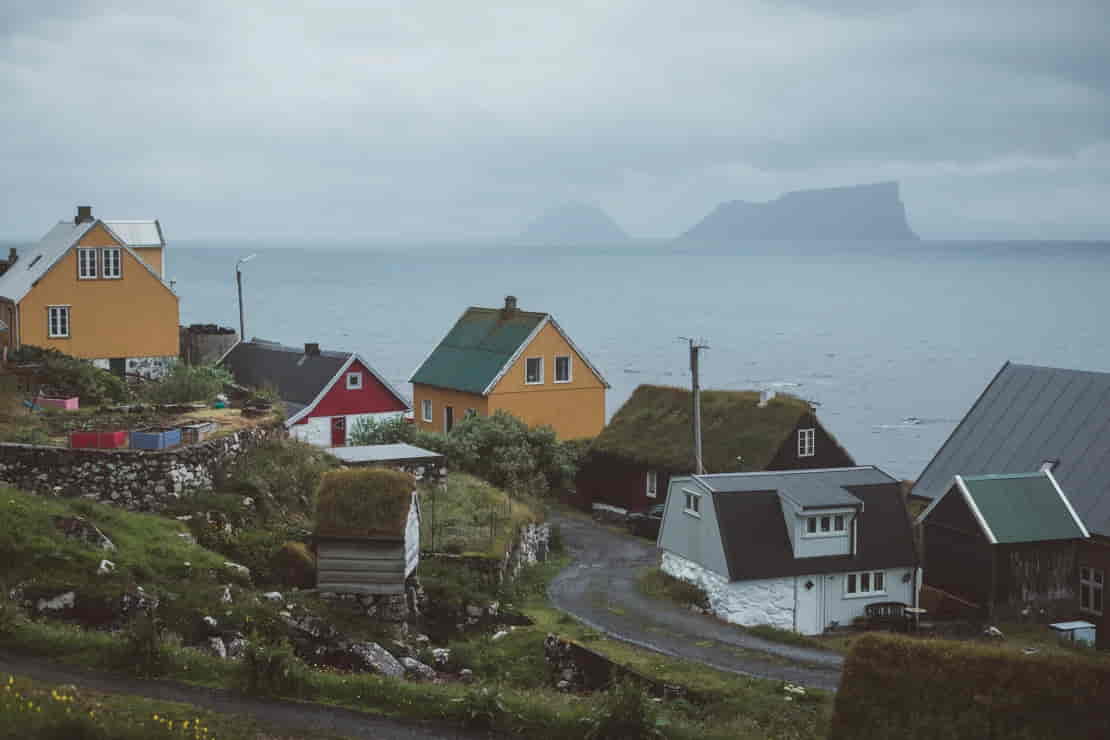
The Sandoy Tunnel: Another Subsea Marvel
In December 2023, a new subsea tunnel, the Sandoy Tunnel, opened, connecting the island of Streymoy to the small island of Sandoy. This six-and-a-half-mile stretch reaches a depth of 508 feet (155 meters) beneath the North Atlantic and serves around 1,000 vehicles daily. Like the Eysturoy Tunnel, the Sandoy Tunnel also features captivating artwork and sound installations that enhance the drive.
Prominent Faroese artist Edward Fuglø designed glowing totem-like images along the tunnel walls, drawing inspiration from the island’s folklore. Figures such as a bishop wielding a battle axe, an old witch, and a seal woman appear alongside birds, paying tribute to Díðrikur á Skarvanesi, the first known visual artist in the Faroes. Meanwhile, Sunleif Rasmussen, another renowned Faroese composer, created the soundscape for this tunnel, drawing inspiration from the sounds of the tunnel’s construction and nature, mixed with music from the pop group Snowflakes. This electroacoustic composition adds an otherworldly quality to the tunnel experience. Drivers can tune into FM100 to enjoy the auditory art.
The Transformative Impact of Tunnels on the Faroe Islands
The tunnels have not only transformed travel but have also had a profound impact on life in the Faroes. Before the tunnels, travel between the islands could be treacherous, especially in winter when ferry services were often canceled due to harsh weather. Now, the tunnels have drastically reduced travel times—what once took an hour from Tórshavn to Eysturoy now takes just 15 minutes, making it easier to explore multiple islands in a day.
For residents, the tunnels have had an even more profound effect. Many people are now choosing to move to islands like Sandoy, where previously the lack of reliable ferry services made relocation difficult. For example, Barbara av Skardi, a resident of Sandoy, noted that the new tunnel had made her consider moving to the island, as winter ferry cancellations had once made it an impractical option. Local businesses have also benefitted, with some seeing an increase in visitors, such as Cafe Retro, which was opened by Dávur Jacobsen and his wife Barbara following the tunnel’s completion.
According to Ólavur Jøkladal, director of the Sandur Art Museum, the number of visitors has more than doubled since the opening of the Sandoy Tunnel, demonstrating the broader impact of this infrastructural advancement on tourism.
A New Era of Connectivity
The innovative subsea tunnels in the Faroe Islands are not just about connecting islands—they are about creating a new era of connectivity. These tunnels are a blend of art, culture, and cutting-edge technology, making them an unforgettable part of any trip to the Faroe Islands. As tourism continues to grow and local communities thrive, the tunnels play a key role in shaping the future of the archipelago.
With the Eysturoy and Sandoy Tunnels serving as prime examples of how infrastructure can bring art, safety, and functionality together, the Faroe Islands are redefining the way people experience their remote yet breathtaking landscape.
This article was rewritten by JournosNews.com based on verified reporting from trusted sources. The content has been independently reviewed, fact-checked, and edited for accuracy, neutrality, tone, and global readability in accordance with Google News and AdSense standards.
All opinions, quotes, or statements from contributors, experts, or sourced organizations do not necessarily reflect the views of JournosNews.com. JournosNews.com maintains full editorial independence from any external funders, sponsors, or organizations.
Stay informed with JournosNews.com — your trusted source for verified global reporting and in-depth analysis. Follow us on Google News, BlueSky, and X for real-time updates.
